PROTECT YOUR DNA WITH QUANTUM TECHNOLOGY
Orgo-Life the new way to the future Advertising by AdpathwayDesert gardens teem with life despite their extreme temperatures, lean soils, and arid conditions. The sun-drenched desert style is striking and waterwise, well-adapted to available resources with the need for few extra resources.
Through native plants adapted to our climate zones and resistant ornamentals, a colorful, flourishing desert landscape is achievable and highly self-sufficient.
Our list of flowering desert plants includes those with adaptations like silvery reflective leaves, protective coating against UV rays, and succulent qualities. They may be spiny and sculptural as they survive challenging sites and ecotypes. Still, all have blooms that support beneficial insects, birds, and wildlife.
Sparkle Blend Iceplant Seeds
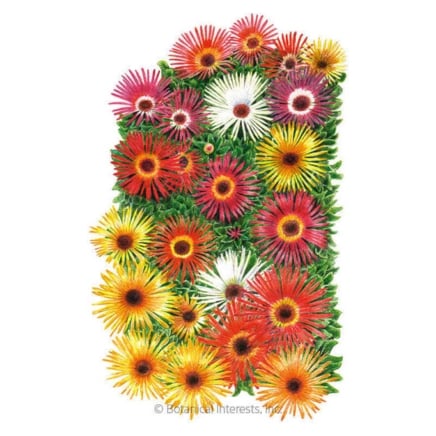
- Bright 1½” neon blooms with succulent foliage
- Thrives in hot, dry conditions
- Blooms open in sun, close at night
- Ideal for borders, groundcover, rock gardens, or containers
- Attracts bees and other pollinators
Agave
 Blooms once in decades, then produces new pups.
Blooms once in decades, then produces new pups.Agave is a stately succulent native to the U.S. and Mexico. The handsome specimens have broad, architectural leaves in shades from blue-green to silver to ribbons of cream.
These flowering desert plants produce a spectacular single bloom stalk once in their lives. While commonly called “century plant,” it can take some time to reach the flowering phase. Agave usually blooms within 10 to 30 years, but sometimes up to 80 or more.
The prominent 30-foot-tall stalk carries clusters of nectar-rich blossoms that buzz with pollinators. The mother plant fades after flowering, and the stalk produces new “pups” to continue the population.
Agave americana has uses that date back 8000 years, when Aztecs used the plant for food, drink, and tools. It needs warmth and quick-draining soils to thrive. With sharp spines along the margins and tips, the fleshy foliage is best admired from afar. Or, trim just the tip of the pointy spine for specimens along a walkway or patio.
California Poppy
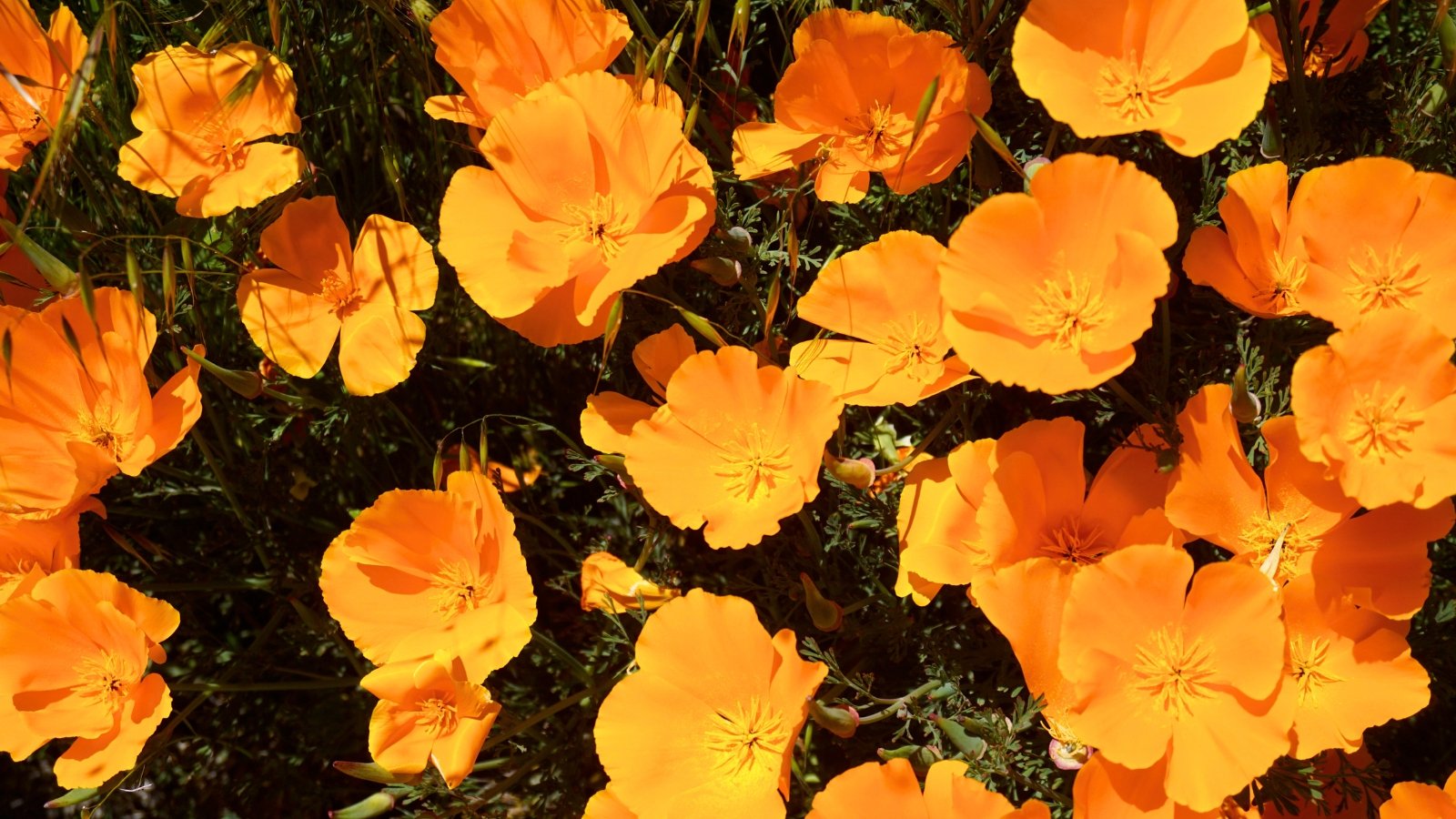 Handles tough soil and dry spots with ease.
Handles tough soil and dry spots with ease.California poppies grow across challenging conditions, from desert to coastal bluffs to grasslands. Their ferny, blue-green foliage and silky orange blooms soften and brighten tough zones. They thrive in poor soils as long as they have good drainage.
The bright blooms emerge in late spring to early summer on slender stems above the mounding foliage. A cool-season annual or short-lived perennial, they show color even earlier in mild microclimates.
Showy in a naturalized planting, this flowering desert plant grows readily from seed. Scatter plenty for the most impact. In addition to the species with single flowers in orange or gold, cultivars have double blooms in pink, purple, red, and white.
Desert Rose
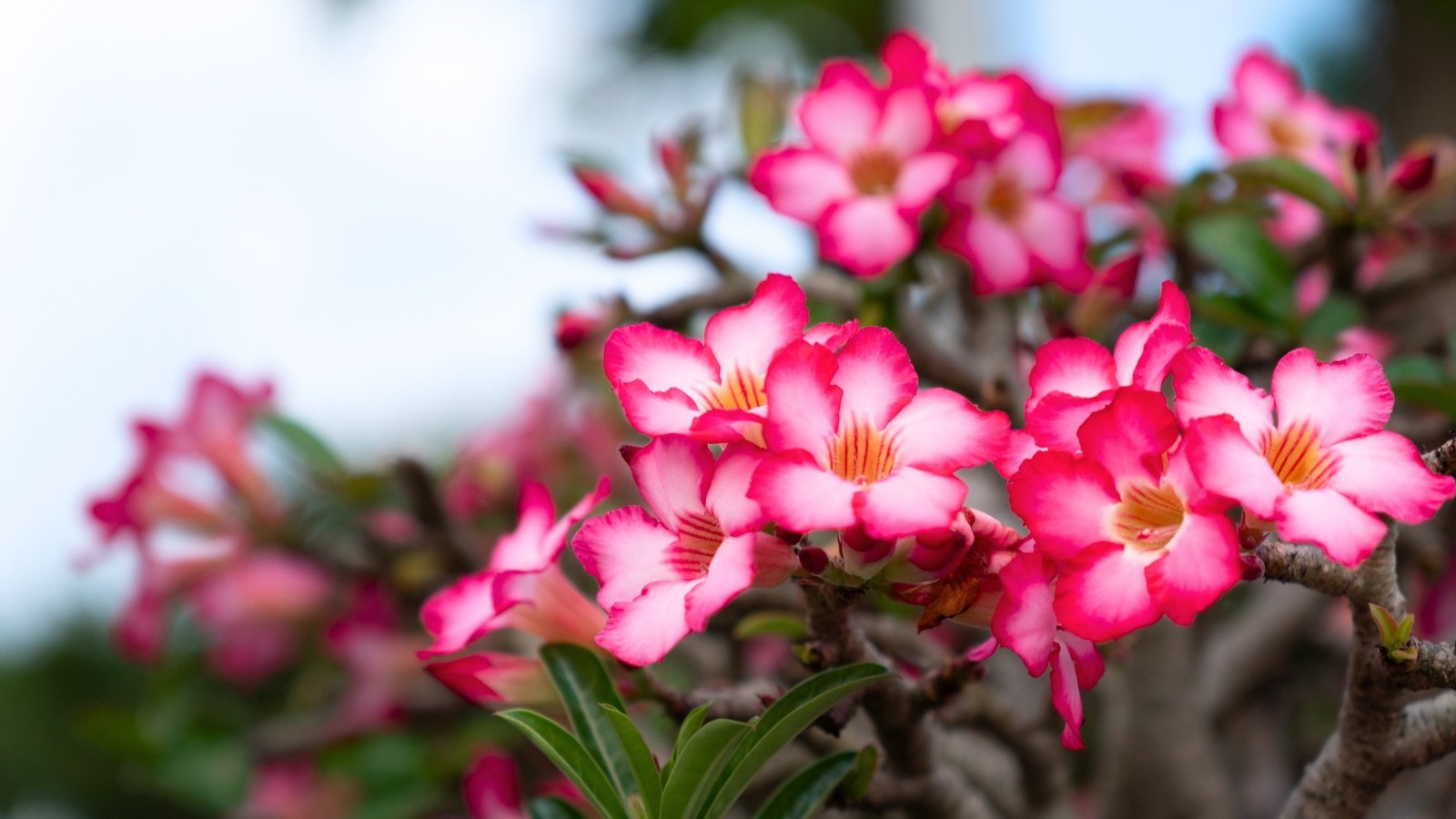 Stores water in its swollen trunk for drought survival.
Stores water in its swollen trunk for drought survival.Desert rose shows off in the summer with full clusters of single, double, or triple blooms in vivid pink, rose, or white. Each bloom shines at two to three inches across.
Desert rose is distinct with a swollen, silvery trunk (caudex) that stores water, as do its thick, glossy leaves. The sub-Saharan native survives drought as a result and prefers warm, dry, well-draining conditions.
The low-maintenance succulent boasts Royal Horticultural Society Award of Garden Merit status for its showy features and performance. It grows well in containers for overwintering indoors where not hardy (below 40°F or 4°C). In warm, frost-free climates, it grows to a small shrub.
Bring them inside when temperatures drop below the mid-50s (~10°C). Reduce watering over the winter until growth rebounds in spring’s warming conditions.
Aloe
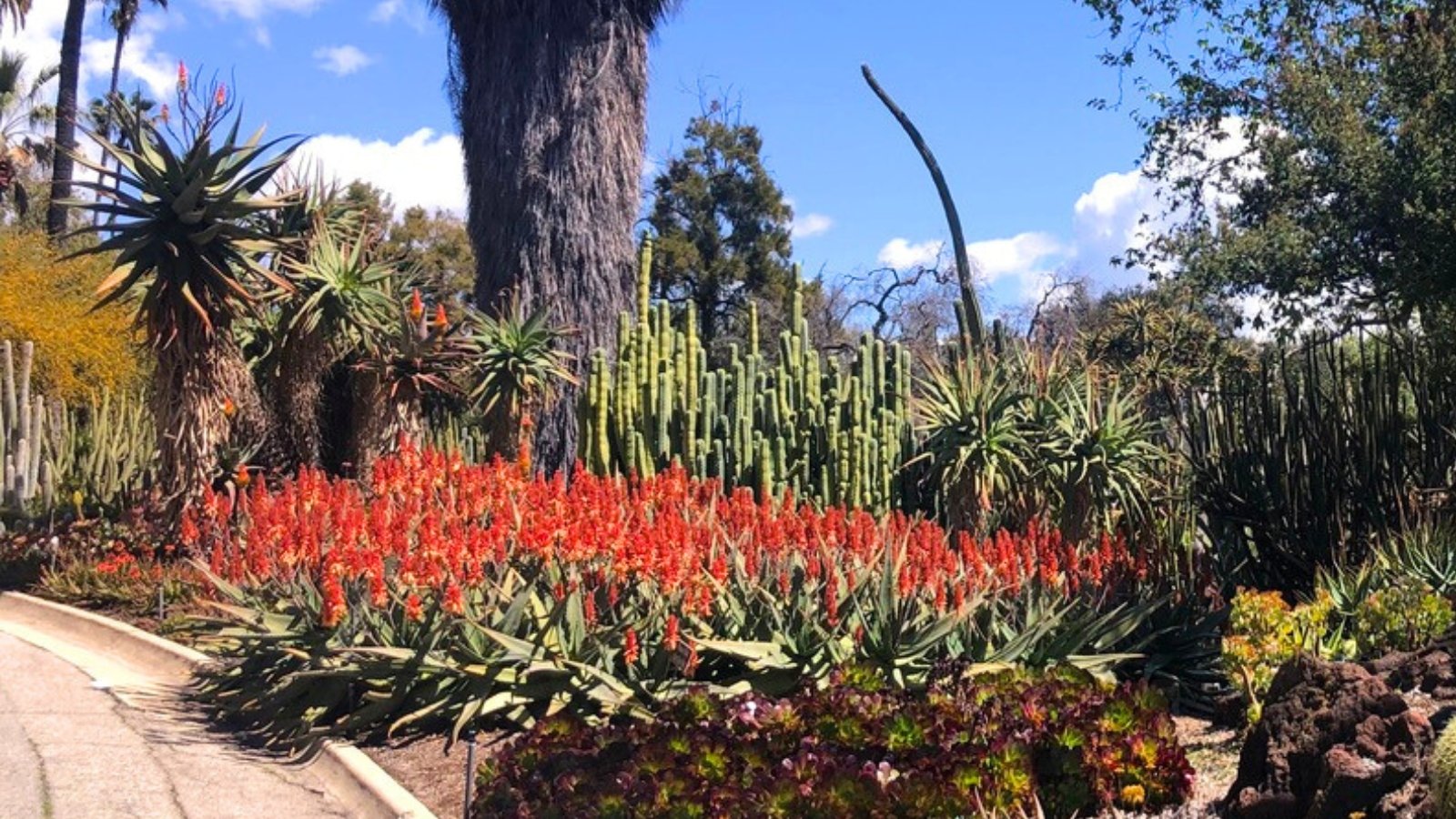 Prefers compact spaces and rewards with pups.
Prefers compact spaces and rewards with pups.Aloes have thick, juicy, succulent leaves filled with cooling gel. The southern African, Mediterranean-climate natives thrive with a little neglect. In optimal conditions, mature aloes bloom year after year. After several years, they begin to send up central stalks with tubular flowers in colors from red to orange to yellow, depending on the type.
Aloes prefer not to have their roots disturbed, whether in the ground or as potted specimens. They do fine in the same container for a few years, and being a little rootbound fosters the production of aloe pups. They prefer low-quality, well-draining soils.
Aloes rely on warm temperatures and soils that dry between waterings. These flowering desert plants need bright spots indoors and out, and tolerate direct sun with gradual introduction to avoid sunburn.
Ocotillo
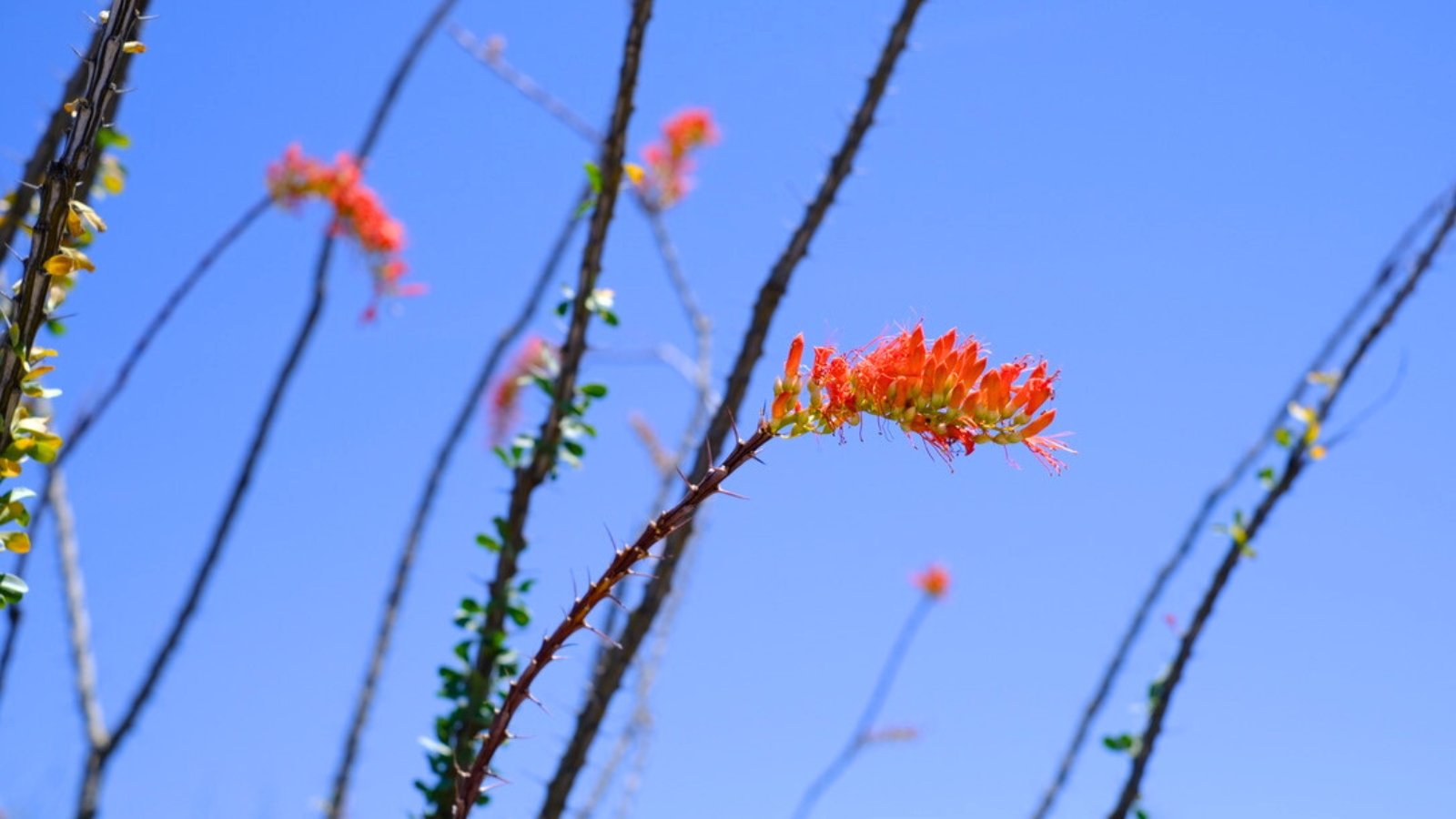 Slender canes produce red blooms in spring.
Slender canes produce red blooms in spring.Ocotillo is a sculptural flowering desert plant with slender, spiny, upright canes. In spring, flags of red-orange tubular blooms tip the stems. The pollinator beacons wave tall as specimens and landscape accents.
Native to the Sonoran and Chihuahuan Deserts from California to Texas to Mexico, ocotillo thrives in sandy and gravelly soils. They tolerate temperatures to 10℉ and withstand challenging sites.
At planting, backfill the hole with 30% coarse sand. Because of their stature, newly planted specimens are sensitive to toppling over in the wind. Weigh them down with rocks rather than staking to avoid disturbing their sensitive roots.
Livingstone Daisy
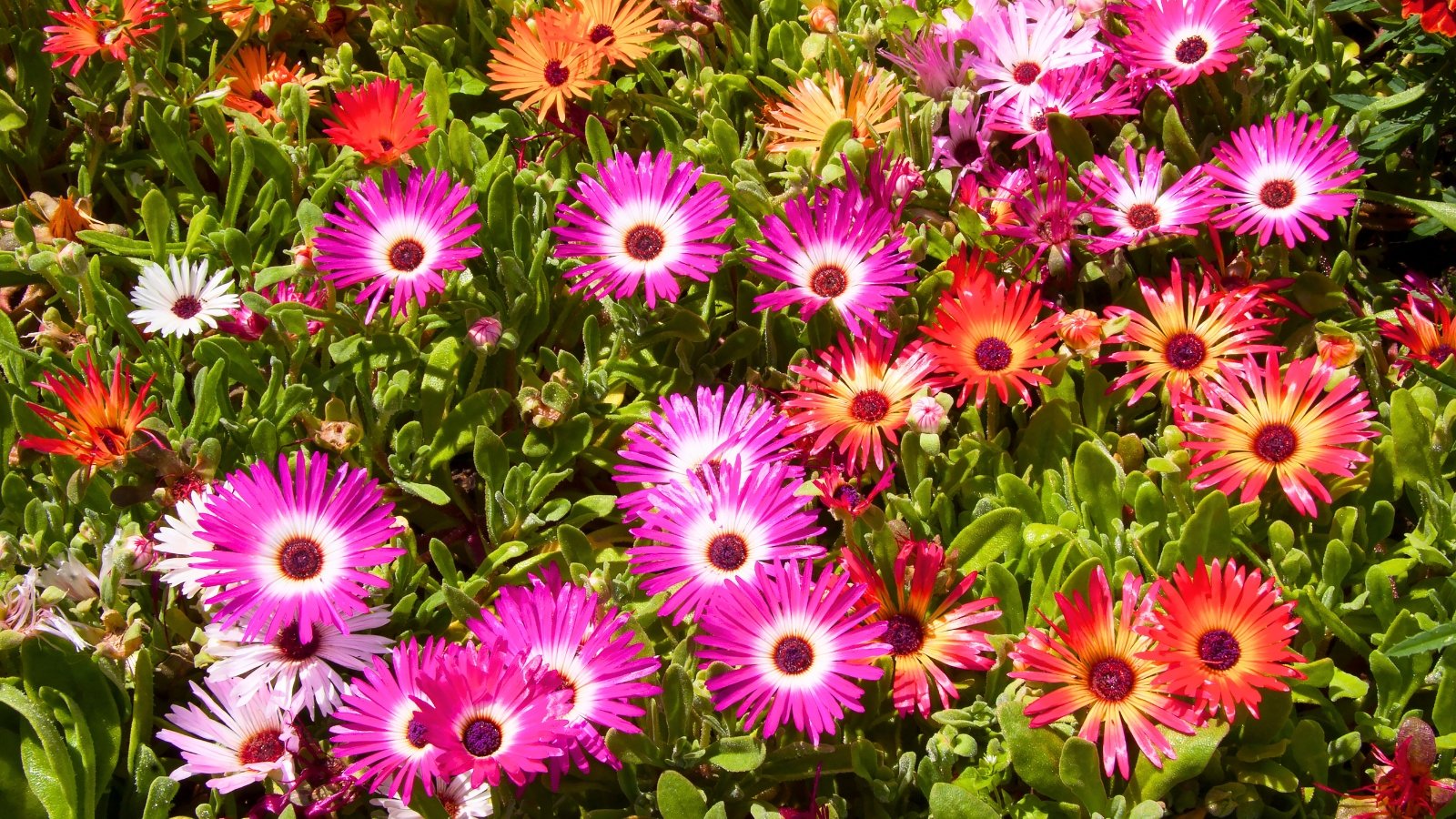 Creates a low carpet of drought-tolerant color.
Creates a low carpet of drought-tolerant color.Dorotheanthus is a low-growing annual that forms a trailing carpet of glimmering green succulent leaves. Slender-petaled ray flowers in white to magenta, orange, and red cover the ends of the stems from early summer through fall.
Livingstone daisies are tough performers that tolerate drought and heat, preferring warm temperatures and drier soils. They grow easily from seed, ready to cheer the border or walkway edge.
Native to semi-desert regions of southern Africa, Dorotheanthus has succulent qualities and low water needs, though it appreciates moisture to prevent roots from drying out. Like our other desert dwellers, they need well-draining soils to flourish.
Desert Paintbrush
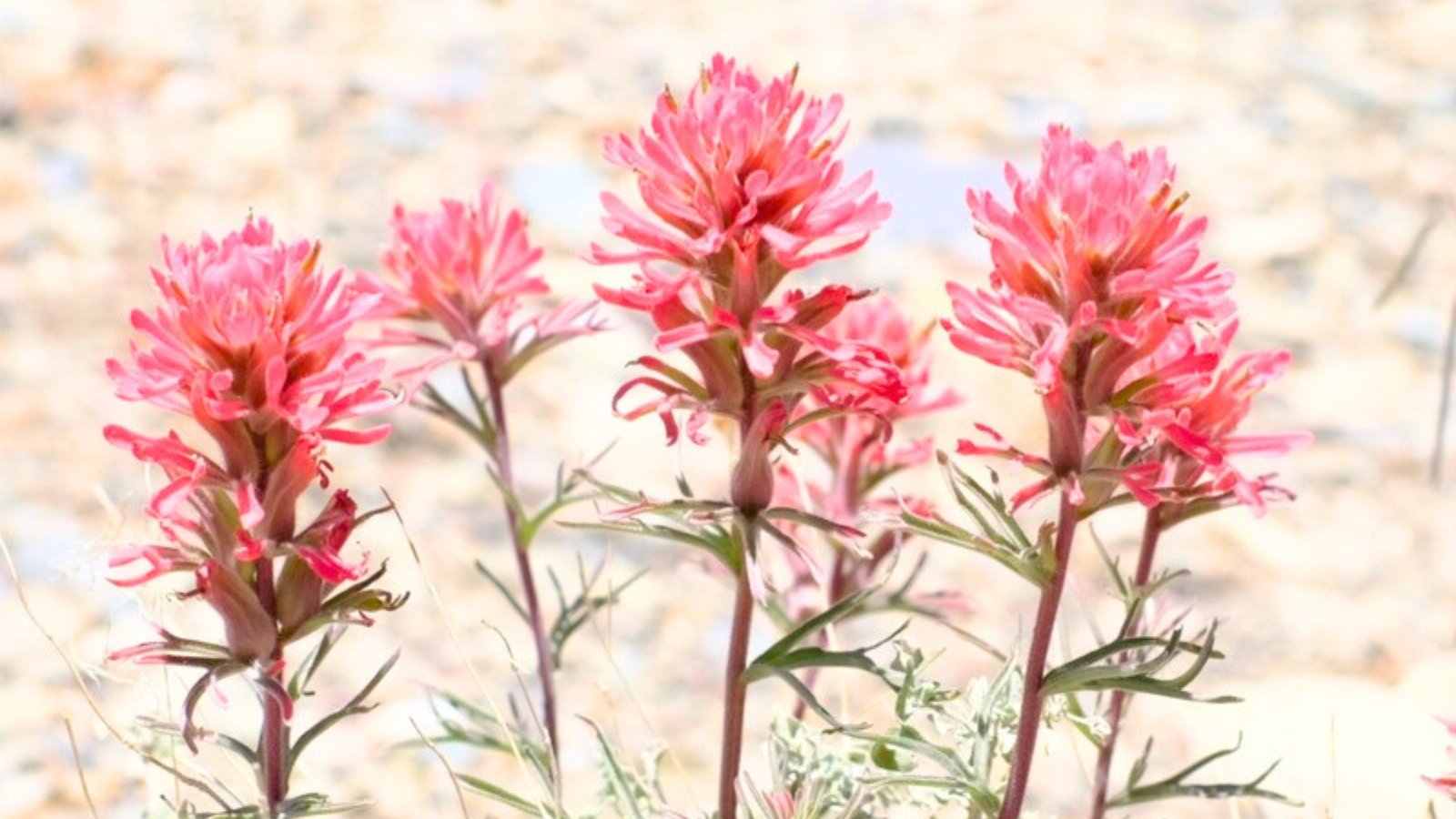 Reseeds naturally and draws hummingbirds to its bracts.
Reseeds naturally and draws hummingbirds to its bracts.Most often found in desert scrub, prairies, sagebrush thickets, and open woodlands, desert paintbrush has a showy red bloom from April through July. The divided bracts create a bright look to the stem ends and frame the tubular blooms. The red-tinged petals attract hummingbirds for pollination.
Paintbrush is an adaptable biennial that produces flowers and seeds in its second year. It reseeds naturally in optimal conditions and benefits from cold stratification for germination. The resilient wildflowers are hemiparasitic, absorbing some of their nutrients from the roots of other plants like sage and perennial grasses.
Hedgehog Cactus
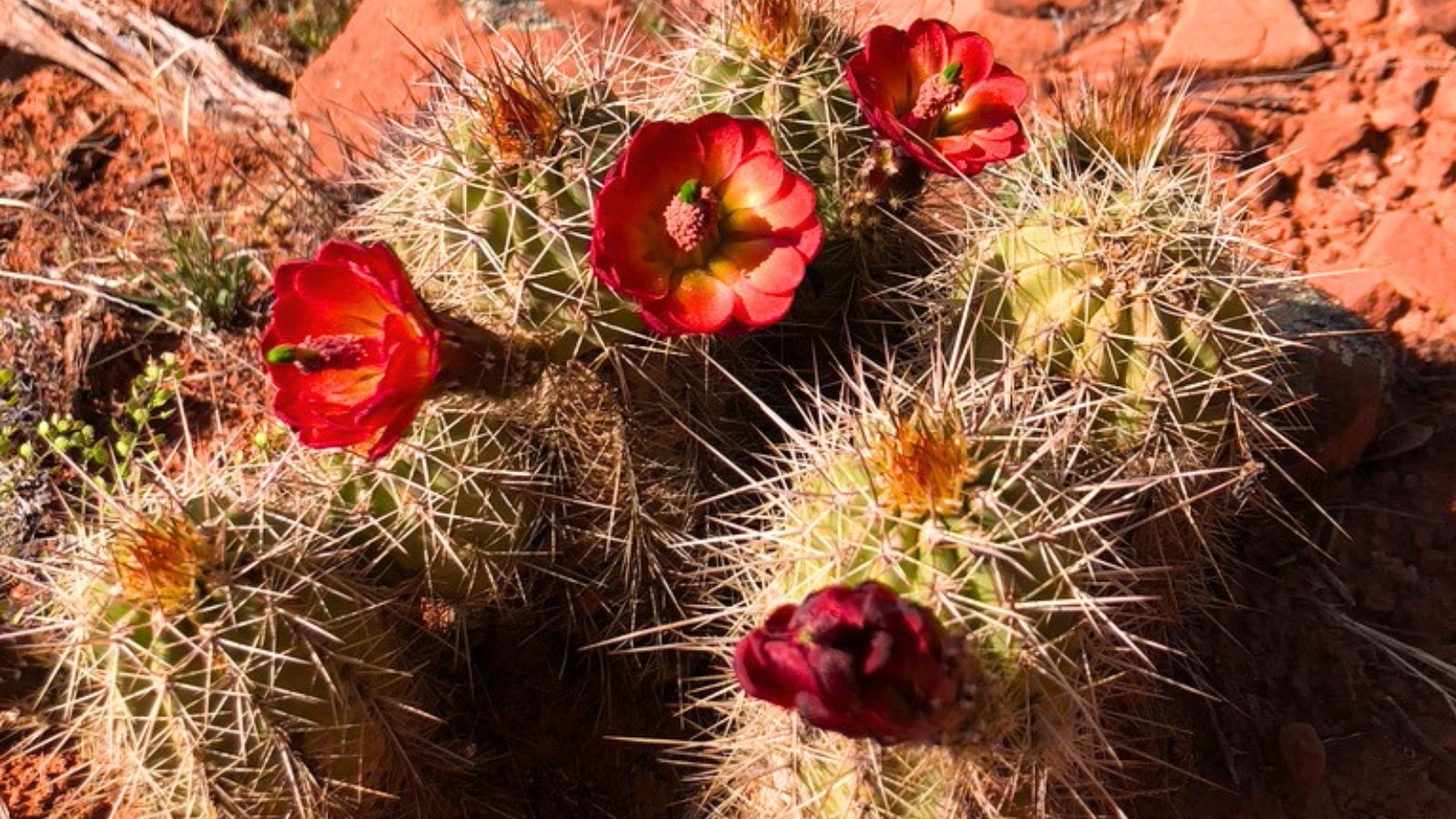 Spring flowers top its spiny, cylindrical stems.
Spring flowers top its spiny, cylindrical stems.Hedgehogs are a genus of cacti that have cylindrical stems, ribbed and lined with spines. Hedgehog cacti include different species, from the claret cup (E. triglochidiatus) with deep scarlet flowers to Engelmann’s (E. engelmannii) with magenta blooms and fruits that taste like strawberries. The funnel-shaped flowers appear in spring on the tops of the barrels as a vibrant welcome to the season.
Forming small clumps of “hedgehogs,” the flowering desert plants are cute even when not in bloom. Their unusual shape and spines serve as a worthy defense against nibbling predators and also as sun protection. Depending on the species, spine coloration from blue-green to purple gives an all-over hue to the stem.
Hedgehog cactus is native to the deserts of the Southwestern U.S. and Mexico. They grow well as potted specimens and as houseplants where not winter hardy.
Dudleya
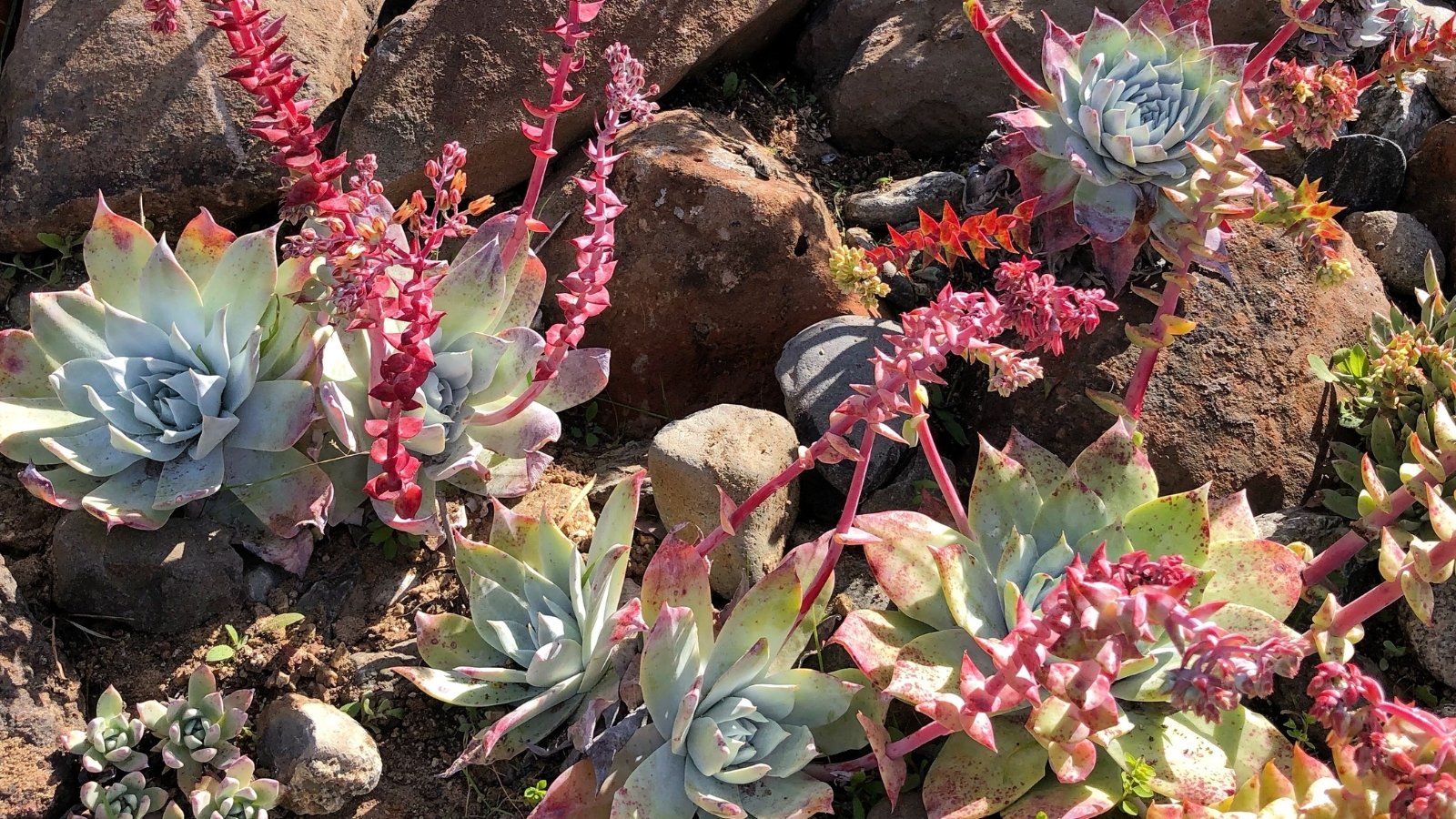 Clings to rocky spots and needs dry summers.
Clings to rocky spots and needs dry summers.Dudleyas are Western succulents that make attractive accents in beds or containers. With species in a range of sizes, forms, and colors, they stand out in a desert composition. Also called liveforevers, they adapt to challenging sites and marginal habitats and need little tending. These flowering plants grow naturally in deserts, coastal bluffs, and rocky sites.
Look to chalk dudleya (D. pulverulenta) for rich, red flowers on tall stems that contrast with the silvery, chalky rosette of leaves. This species occurs naturally in coastal scrub and chaparral of California’s central coast down to Baja.
Dudleya farinosa is a small, easy-to-grow species that forms a colony. It has pale green leaves with red edges, and the red coloration intensifies in the summer. Clusters of yellow spring flowers attract hummingbirds and other pollinators.
Britton dudleya (D. brittonii) forms a rosette of flattened and padded blue-gray leaves. In spring, flower stalks rise over one foot tall with pale yellow blooms. The Baja native and Royal Horticultural Society Award of Garden Merit species tolerates dry conditions.
Dudleya clings to rocky outcrops and performs well on slopes or nestled into rock walls and crevices. Keep them dry in the summer and provide well-draining soils to mimic their natural environment.
Santolina
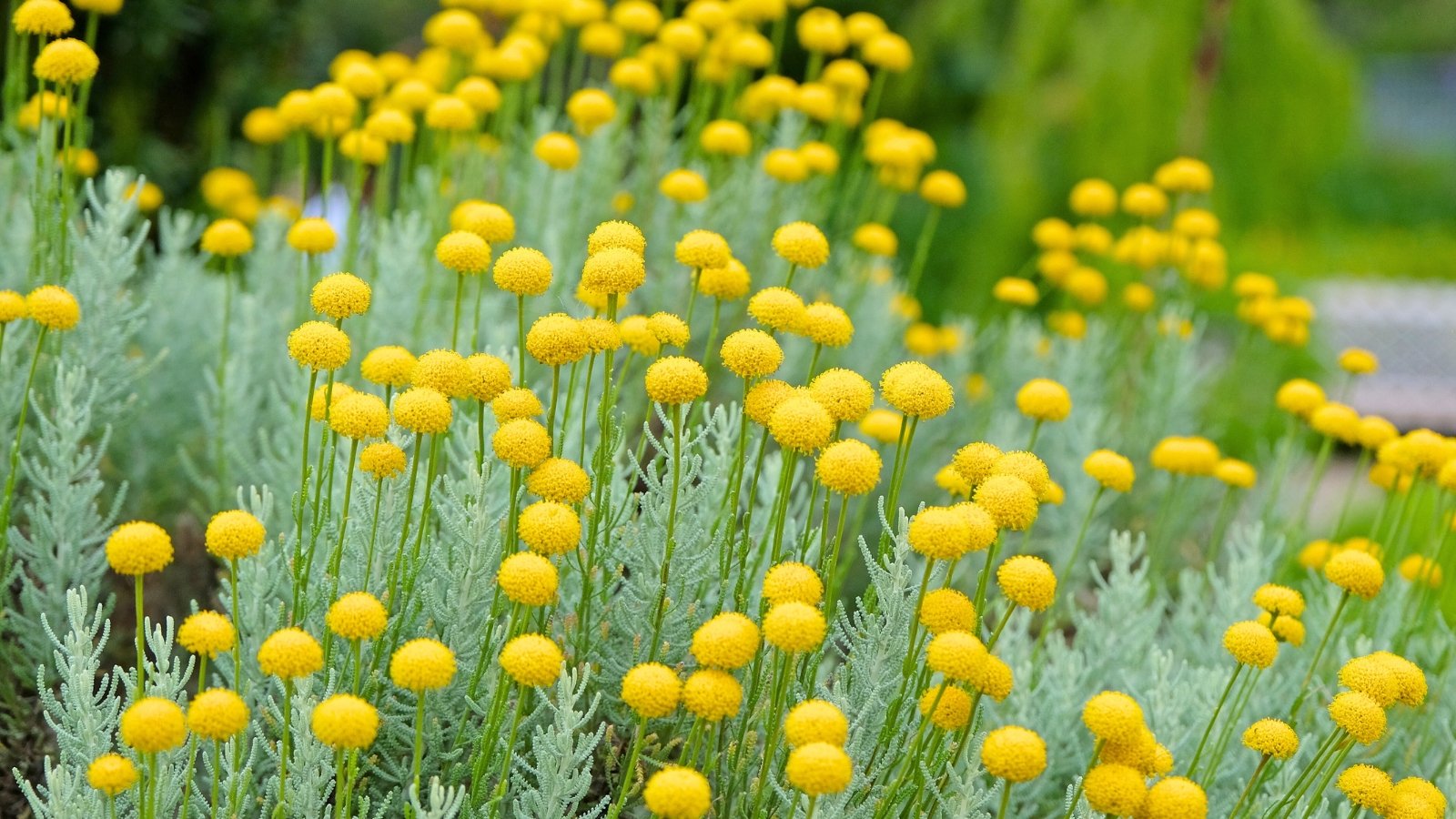 Aromatic silver mounds thrive in heat and lean soil.
Aromatic silver mounds thrive in heat and lean soil.Lavender cotton, or santolina, is an Old World herb with aromatic, silvery foliage. The mounding groundcover shows hearty adaptability to drought, coastal exposure, and high heat. In the summer, lavender cotton produces masses of golden button blooms, bringing a burst of sunny yellow to the xeric arrangement.
The Mediterranean perennial does best in soils that dry out between watering sessions. These flowering desert plants adapt to different soil types, from sandy to clay to rocky. The arid herb withers in humidity, where fungal diseases become a problem.
Bougainvillea
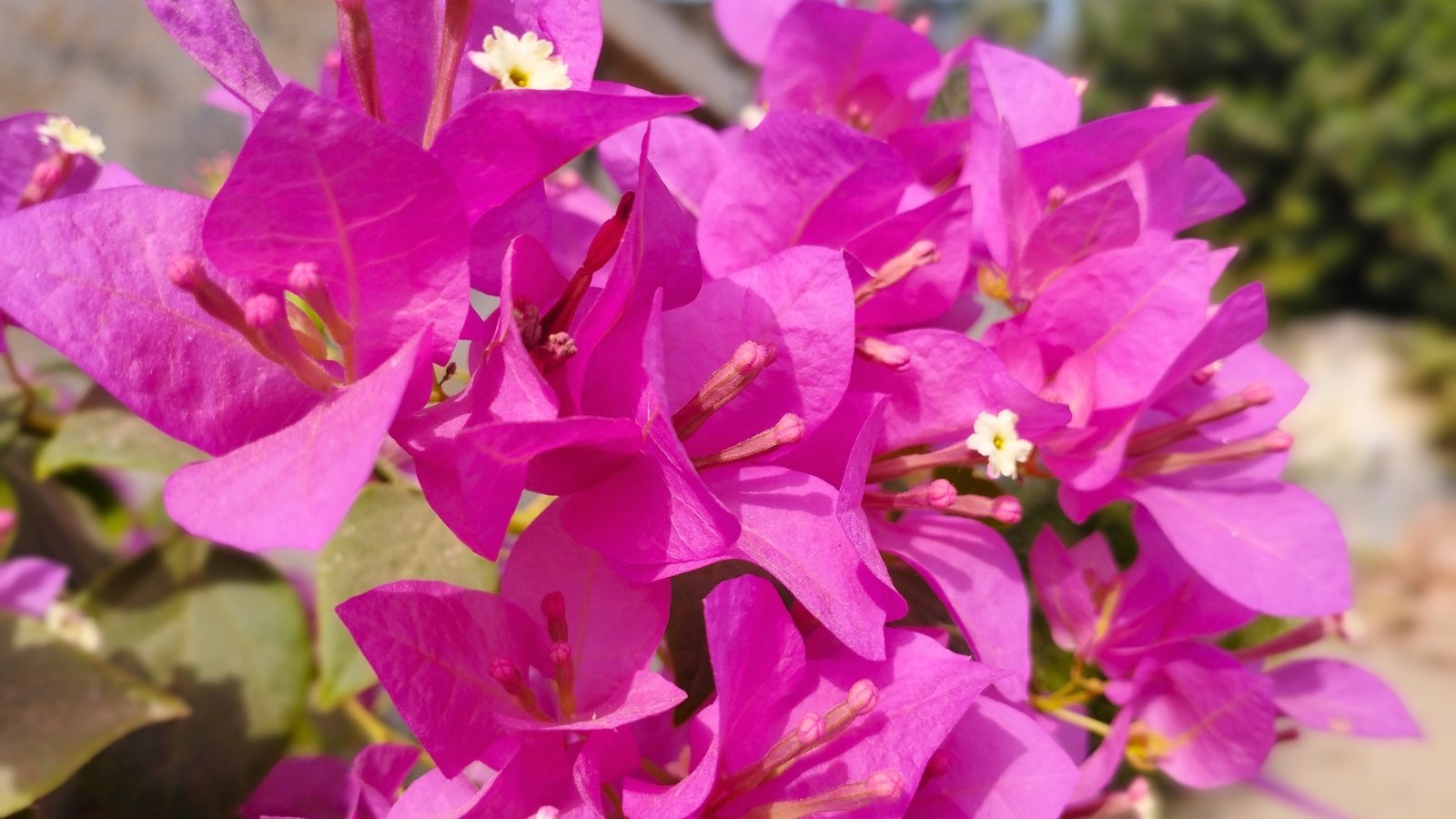 Blooms better when kept on the dry side.
Blooms better when kept on the dry side.Bougainvillea is a tropical vine from South America, and while it’s not strictly a desert flowering plant, it withstands intense desert conditions like full sun and high heat. It even flowers better when the soil is on the dry side. But, for the best vigor, it will need regular moisture as it establishes.
Bougainvillea produces highly ornamental, papery blooms in brilliant pink, red, white, and yellow. The tropical can escape the garden in parts of southern California, Texas, and Florida, where conditions mirror its mild native environment.
The tropical has long thorns on its sprawling stems. They grow beautifully as hanging baskets as annuals or vertically, where hardy. Look for ‘Orange King’ for a colorful twist of melon and rose. The tissuey balloons cover the stems all season and lend a tropical feel.
Cholla
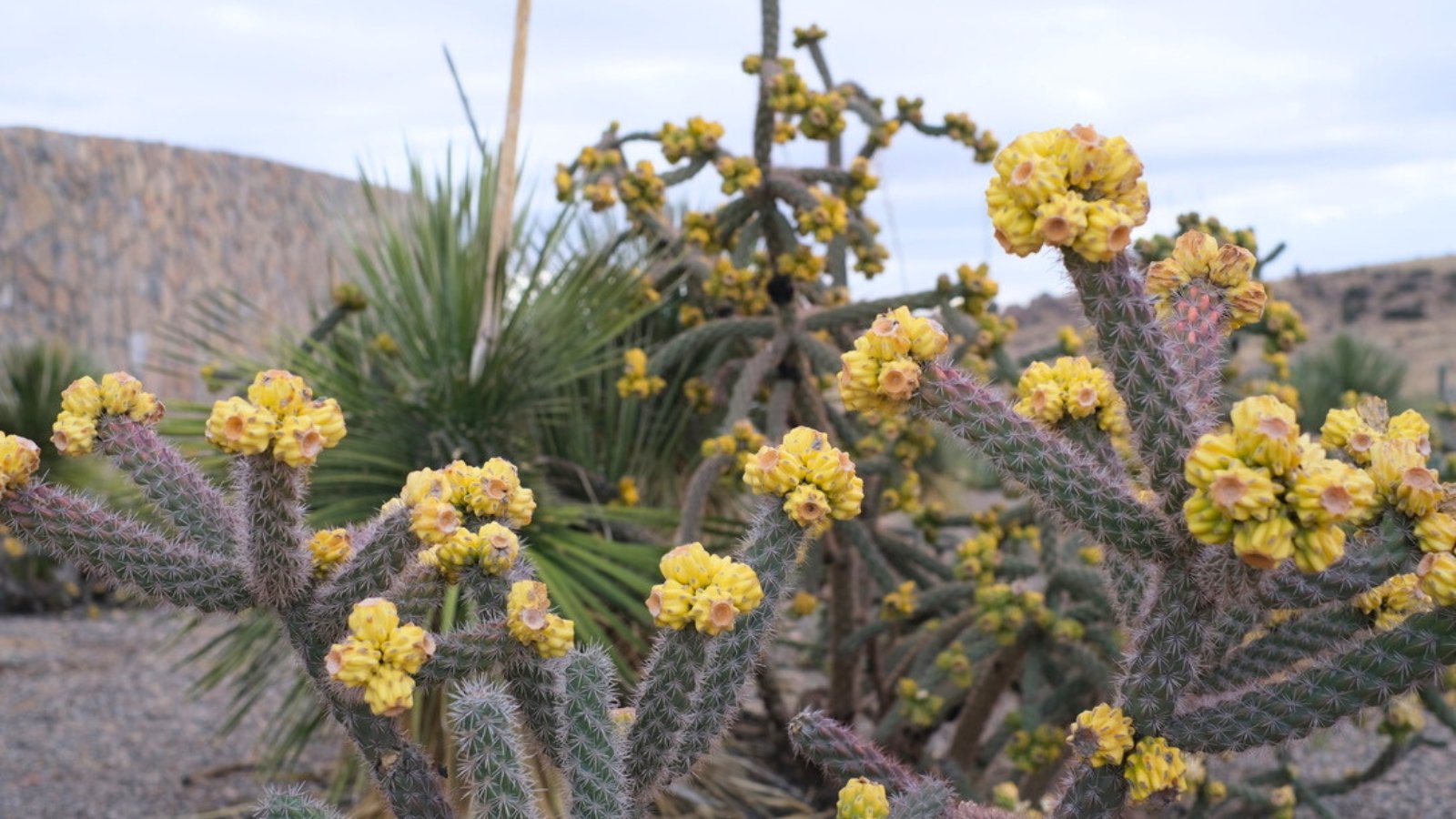 Vertical and horizontal shoots create sculptural desert forms.
Vertical and horizontal shoots create sculptural desert forms.Cholla cactus is distinctive for its slender, jointed stems. Dense with spines, “jumping cholla” is a nickname due to the ability of spines to attach to passersby with enough strength to snap off a whole jointed section. The segments root in place where they later fall, expanding the colony.
Chollas are unusual in form with vertical and horizontal shoots. These flowering desert plants bloom in spring in bright pink, red, yellow, and peach, depending on the species. Teddy bear cholla (C. bigelovii) looks full and fuzzy with a multitude of sharp, closely knit spines.
Native to the Southwestern U.S. and northern Mexico, cholla is a rugged cactus with a propensity to spread in open areas like arid pastures. The blooms support pollinators, and the fruits that follow provide forage for birds and small mammals. Endemic birds nest in the spiny stems for protection against predators.
Jade Plant
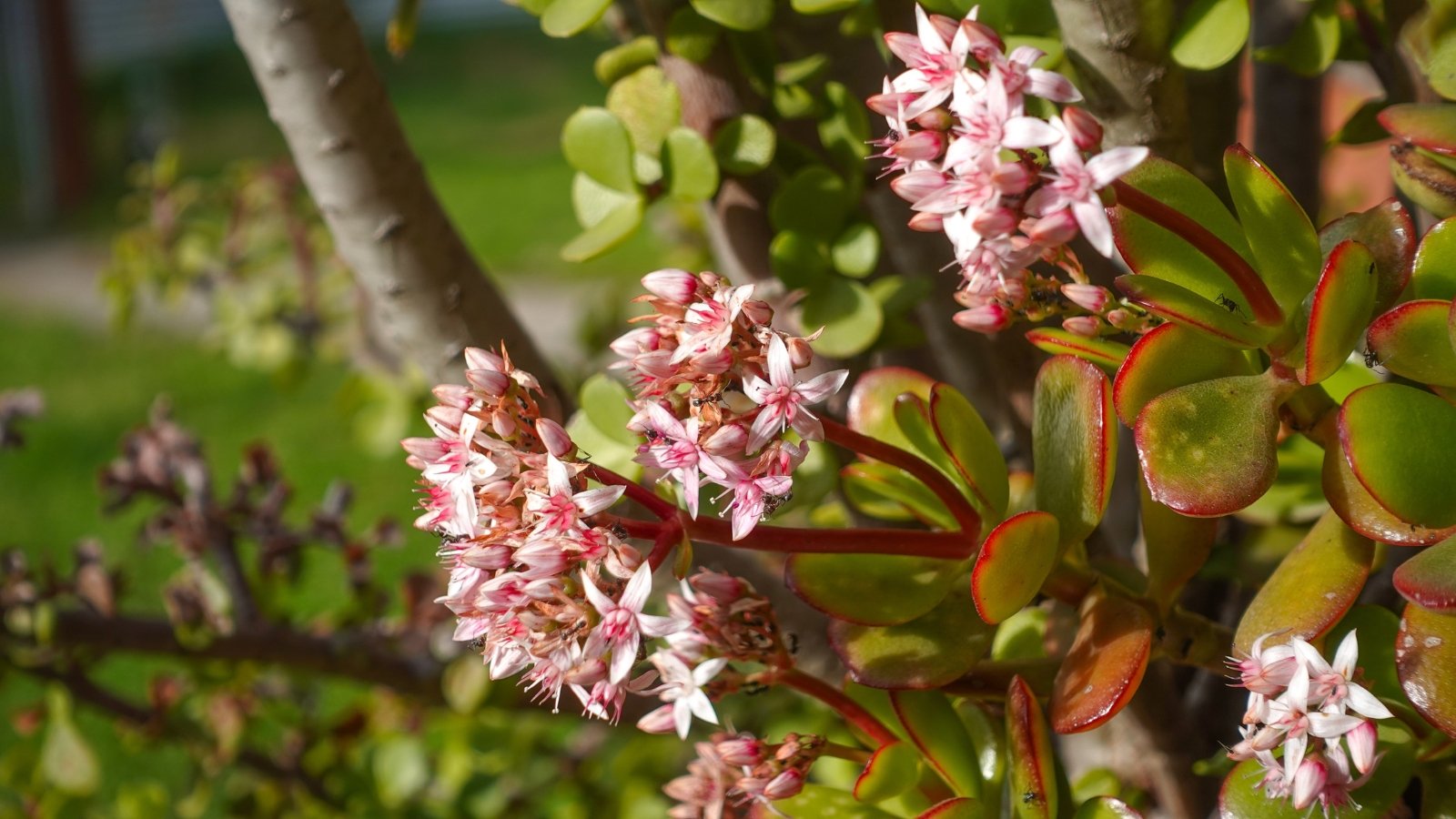 Starry pink blooms appear as winter days shorten.
Starry pink blooms appear as winter days shorten.The jade plant is a slow-growing succulent with fleshy, glossy leaves and thick, ornamental branching. Cultivated as a houseplant for a century, its organic form brings bonsai-like interest to the interiorscape.
Low water and light needs make it easy to grow indoors. Outside, it softens the bed beneath a tree canopy (mesquite, oaks, juniper, and palo alto make pretty desert specimens).
In bright light, new leaves in fresh green show red-tinged edges. Clusters of small, starry white and pink blooms emerge in late winter to early spring. The shorter day lengths, longer nights, and cooling temperatures of fall and winter initiate flowering.
Long-lived jade plants have a natural range in southern Africa’s Mediterranean climate type. They adapt to dry conditions and, in well-draining soils, live for years in the same pot. Jade propagates easily through cuttings rooted in water or soil.
Flapjacks
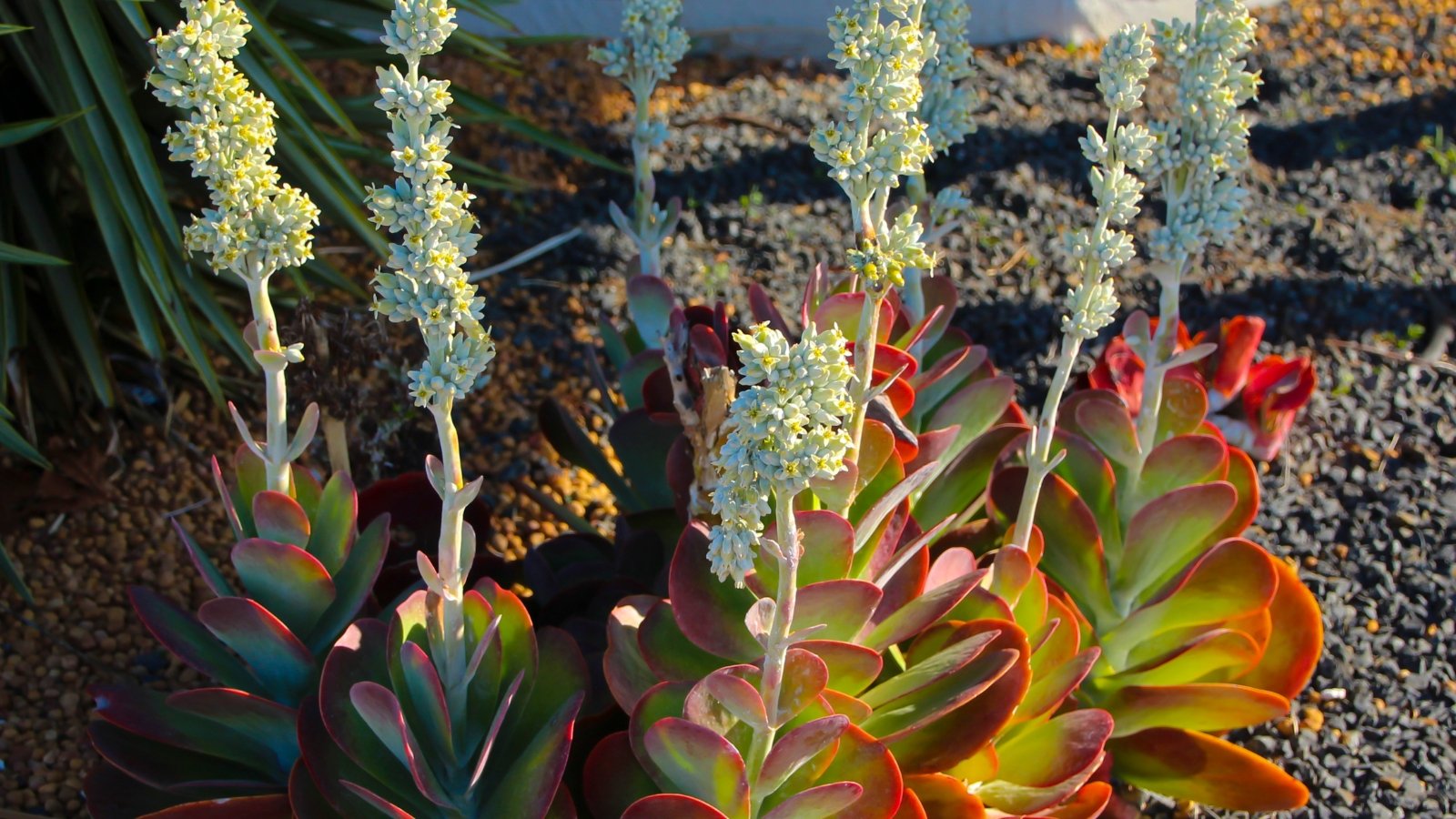 Paddle-shaped leaves glow red in bright sun.
Paddle-shaped leaves glow red in bright sun.Fapjacks have the best name for drought-resistant succulents with stacked, paddle-shaped leaves. In hues like lime green with deep red edges, the folded foliage is a talking point in waterwise landscapes and xeric containers. Kalanchoe also grows well indoors in bright light.
In early spring, the clusters of tubular yellow blooms rise on a tall stem from the central crown. The showy flowering desert plant is a Royal Horticultural Society Award of Garden Merit recipient with structural foliage and ease of care.
Firecracker Penstemon
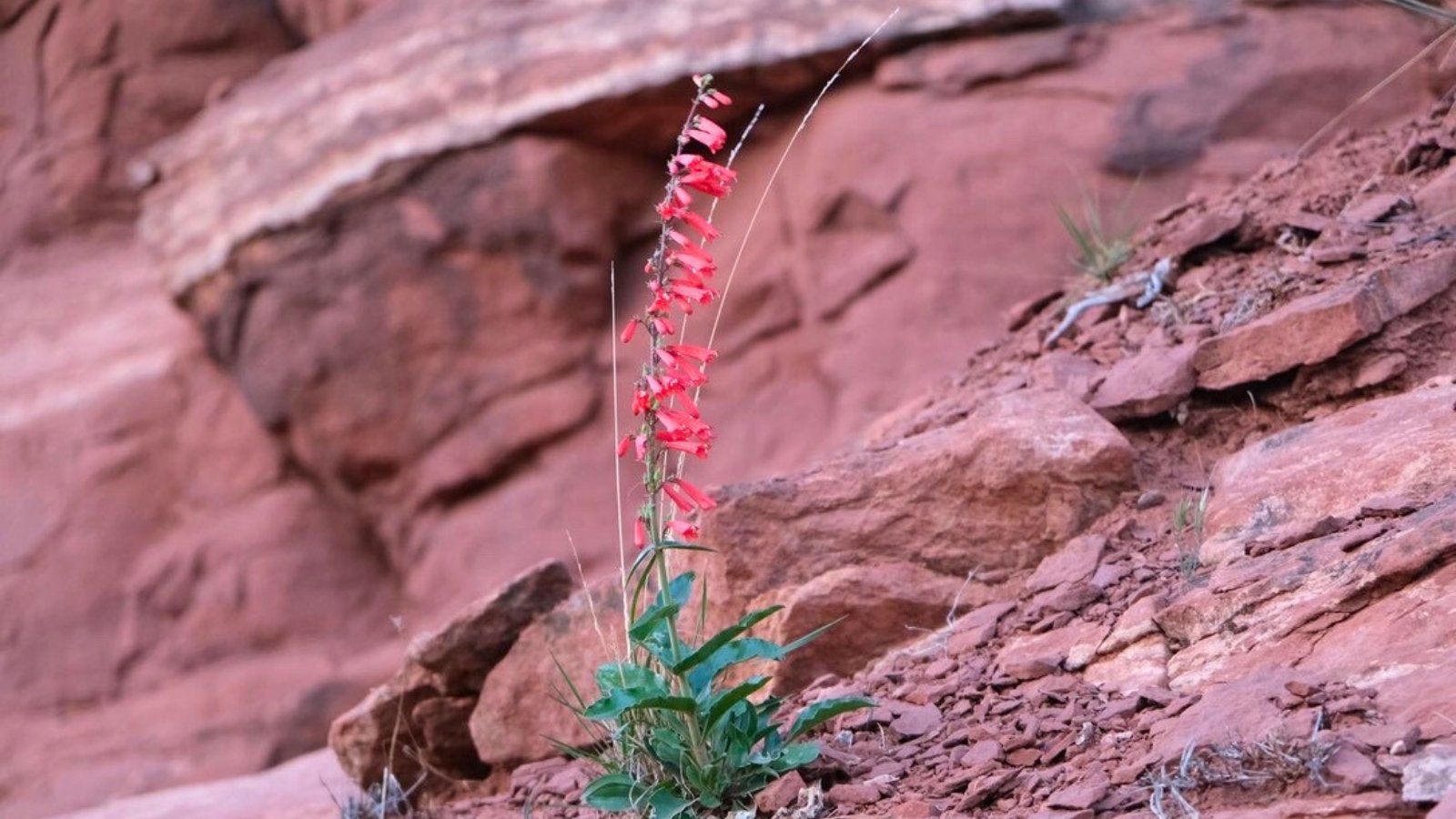 Scarlet blooms rise from gravelly, lean soils.
Scarlet blooms rise from gravelly, lean soils.Many penstemon species are native to the U.S., with brilliant bloom spikes and dark green foliage, that grow across a range of conditions. Firecracker penstemon is a cold-hardy desert dweller that prefers gravelly sites and lean soils. For the best vigor, situate the wildflower with afternoon sun protection.
Firecracker penstemon features showy scarlet bell blooms on tall spikes in spring through summer. Direct sow seeds in fall or winter as they benefit from cold stratification in cool, moist conditions. Enjoy the seasonal show as they rise from their rocky or sandy base to delight the warm season (as well as beneficial insects).


 10 hours ago
10
10 hours ago
10
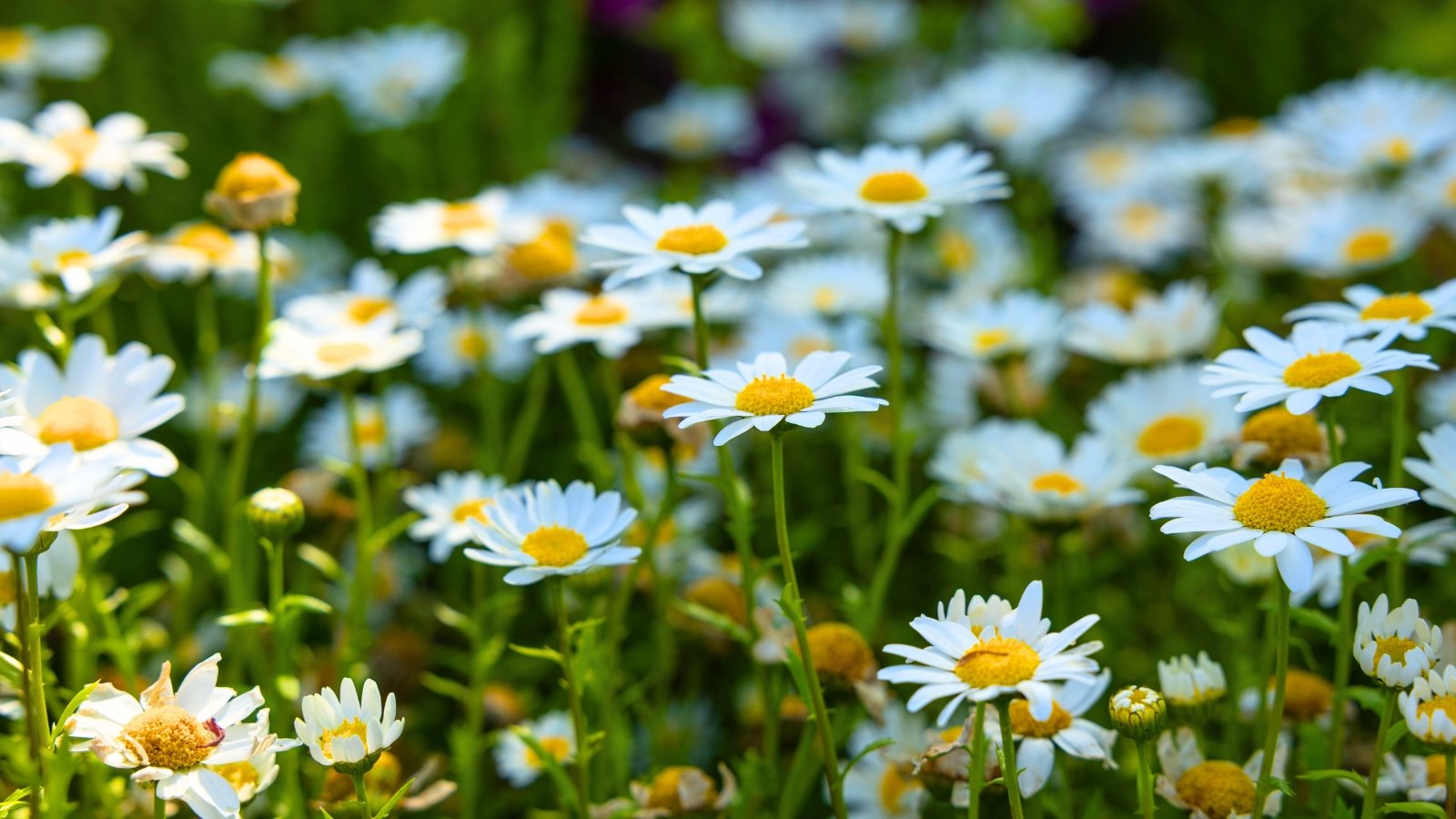


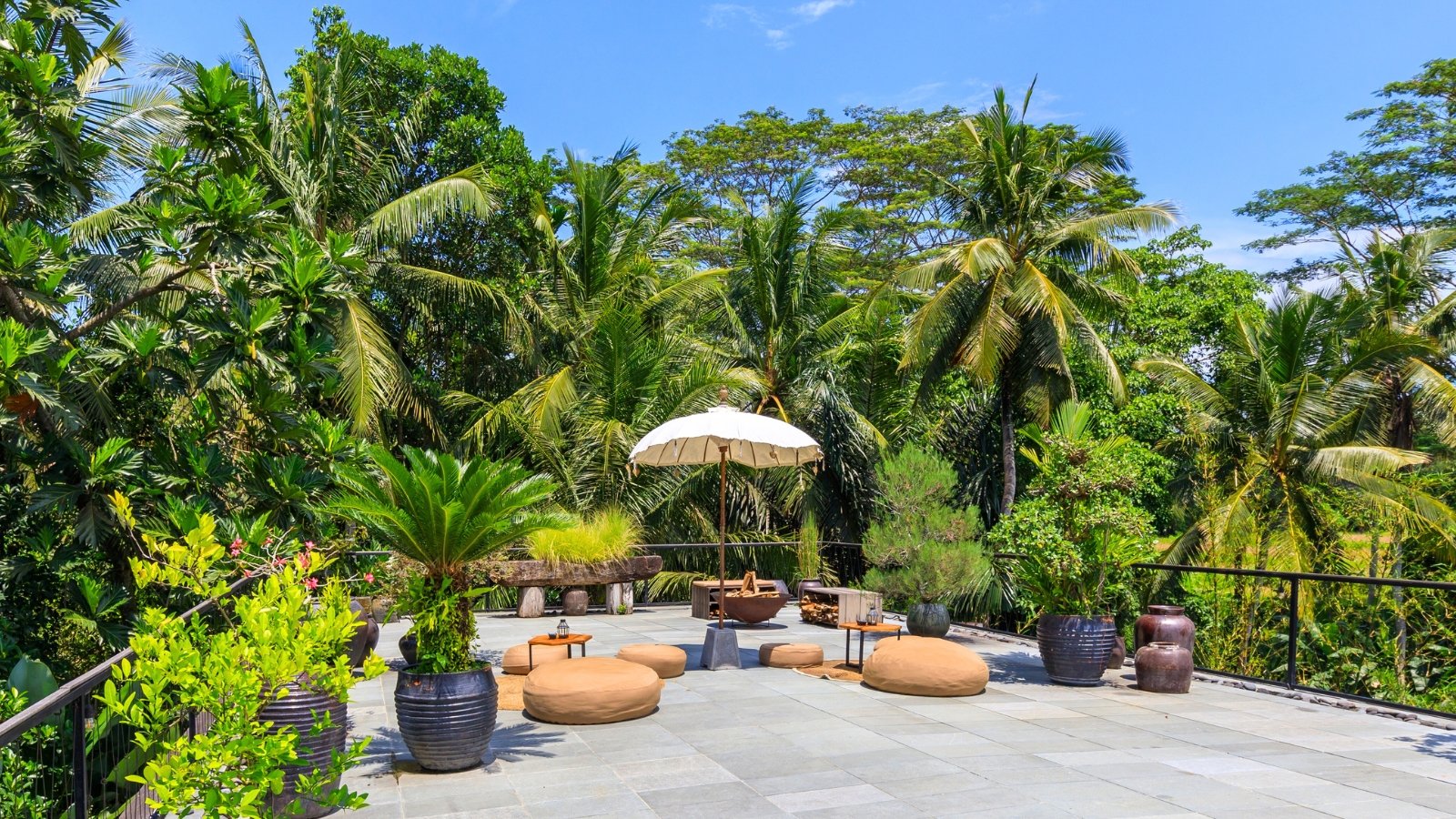

















 English (US) ·
English (US) ·  French (CA) ·
French (CA) ·